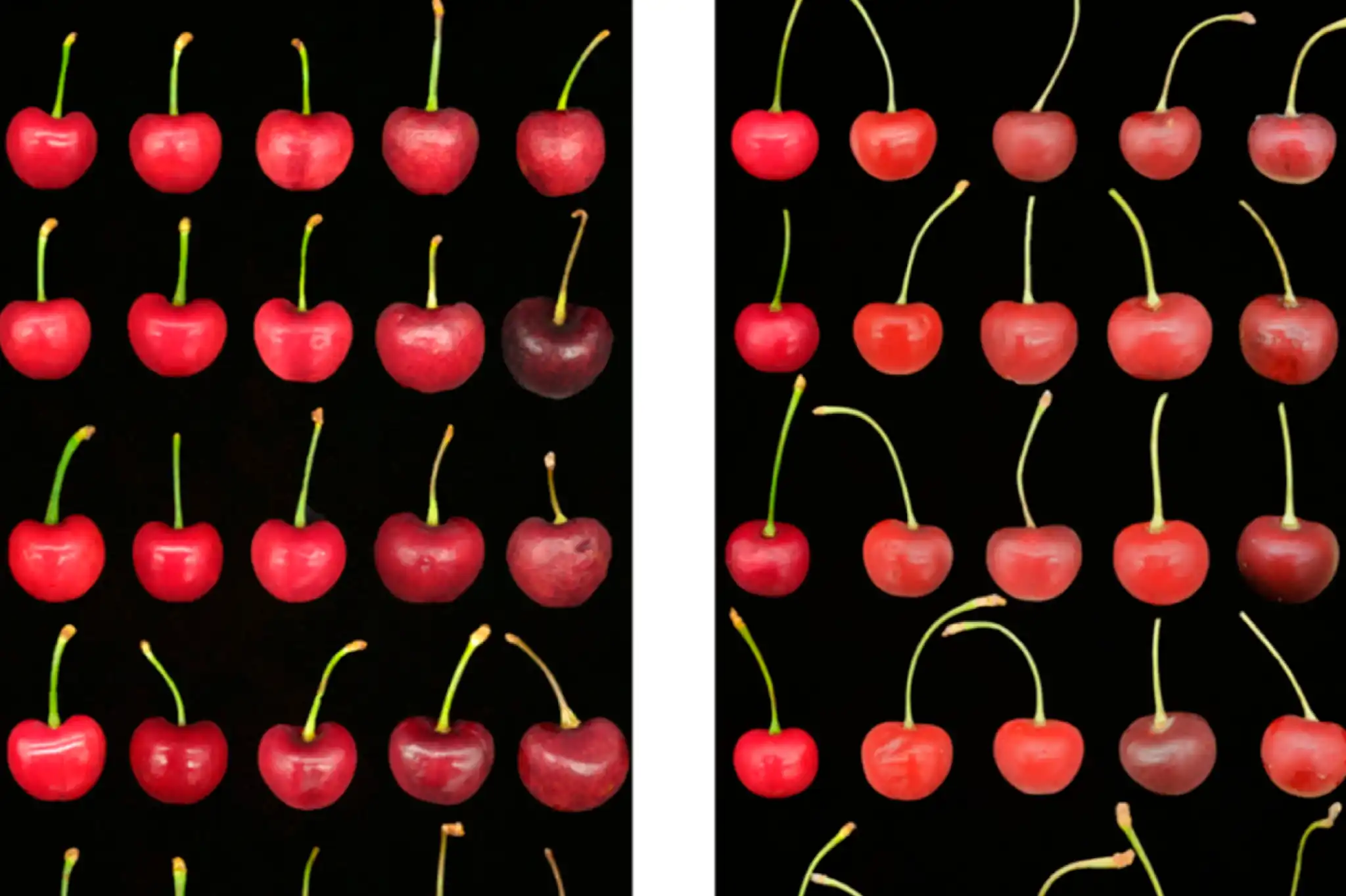More than 1,200 representatives of the cherry industry gathered at the second edition of CherryTech in Chile, an event that has become the most important technical meeting for cherry production.
Participants attended three masterclasses and three forums, with 15 speakers addressing topics ranging from an update on key factors of the productive potential of cherries, to post-harvest aspects, nutritional strategies to improve fruit quality and condition, as well as water management and efficient use in cherry cultivation, production stability, among others.
The event - organized by Smartcherry and Yentzen Group - saw the participation of 70 companies and was inaugurated in the presence of the national director of the National Agriculture and Livestock Service (SAG), José Guajardo Reyes.
"Last season, despite inclement weather, we once again surpassed 80 million boxes, a figure that only a few years ago we could only dream of. Additionally, cherry exports now represent, in dollar terms, just over 40% of Chilean fruit exports and we know that very soon they will surpass 50%," said Gustavo Yentzen, director and founder of Yentzen Group, in his welcome speech.
"If we reflect a bit, half of everything sold in fruit exports from Chile will come from cherries, but reaching this figure will not be accidental, it requires work, commitment, and investment," he added. In recent years, the Chilean cherry industry has grown and gained experience that places it in an advanced position in terms of technical and productive management worldwide.
Key Factors of Cherry Productive Potential
Along these lines, the first masterclass was given by Carlos Tapia, agronomist M.Sc., consultant specializing in cherry production, technical director of Avium and co-founder of Smartcherry. To begin his presentation, he commented that in terms of varieties, in the last three seasons the ranking was led by Lapins, Santina, and Regina, a ranking that, according to the expert, will be maintained in the short term.
"Lapins continues to be and will likely continue to be one of the most important, productive, and profitable varieties in our country. I would look critically at the growth of Regina and Santina, because I believe that at some point we will unjustly want to promote them and probably the problem is not varietal, but one of condition, management, season, multifactorial."
Data processed by Avium and presented by Tapia indicate that by 2024, 76,000 hectares will be planted and that productivity before 2020 was around 7 tons per hectare in productive orchards, while in the last four seasons it has risen to an average of 9 tons, with Chile approaching countries like the United States and Turkey with an average of 11 tons.
Additionally, 80% of the cultivated area of cherries in Chile is located between the regions of O'Higgins and Maule and, if projected over the coming years, 3,500 hectares could be planted this year, 5,000 hectares in 2024, and 7,000 hectares in 2026. Last season was "special" for Chilean cherries. In this regard, Carlos Tapia detailed the factors that had the greatest impact on the productive development of the previous season.
In relation to this, the technical director of Avium and his team identified the most influential factors on the productive potential of the previous season and which will likely influence the next season.
Among these: soil texture, chilling hours (throughout the season), late rainfall (August-September-October), yield (kg/ha), growing degree days (post-dormancy thermal accumulation), agroclimatic zone, and bee flight (post-dormancy condition in terms of temperature and radiation).
Source: Portal Frutícola
Image: Fresh Fruit Portal
Cherry Times - All Rights Reserved










